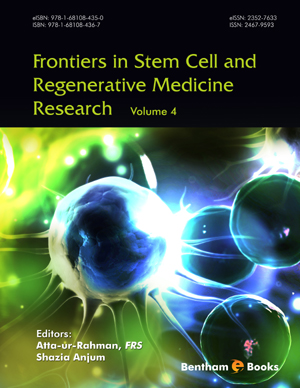Abstract
The hematopoietic, or blood-producing, system resides in the bone marrow of adult mammals. This system regulates the production of billions of new blood cells per day in healthy adult humans. Even slight perturbations of this production can lead to severe pathological conditions. One of the first applications of cellular regenerative medicine in clinical practice was the transplantation of bone marrow cells to generate a new, healthy blood production system in compromised patients. The success of bone marrow transplantation is dependent upon the potency of stem cell and progenitor populations within the adult mammalian bone marrow. The utility of hematopoietic stem cell (HSC) transplant has been extended to the treatment of a broad range of hematological diseases and disorders, as well as in the regeneration of the bloodproducing tissue following radiation or chemotherapy. There is a strong push towards the development of vast numbers of mature blood cells in vitro. An in vitro system resulting in the consistent, large-scale production of patient-specific mature erythrocytes from HSCs or erythroid progenitors could alleviate the pressure felt by blood donation agencies. The cells that support blood cell production in the bone marrow and other organs, known collectively as the hematopoietic niche, are critical in blood cell lineage regeneration. The development of novel regenerative therapies to treat myelodysplastic syndromes, anemia, leukemia and other blood diseases deserves attention. Stem, progenitor and supportive cells within the hematopoietic tissues are essential elements of regenerative medicine. The utility, limitation and promise of these populations in regenerative medicine are described here.
Keywords: Bioengineering, Blood, Bone marrow, Embryo, Hematopoiesis, Niches, Regenerative Medicine, Stem cells, Transplantation.






















